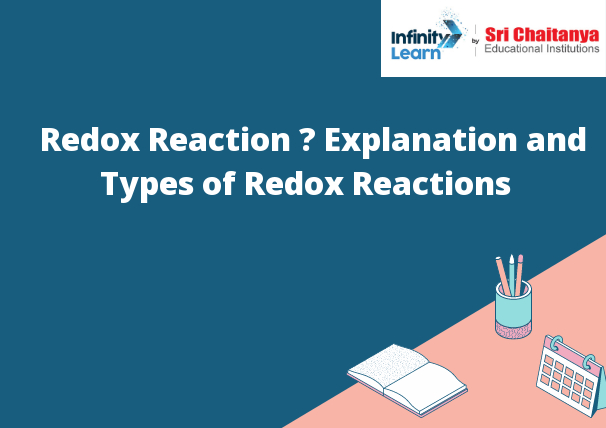Table of Contents
Redox Reaction
A redox reaction is a chemical reaction in which two substances, one of which is reduced and one of which is oxidized, exchange electrons. In most cases, the electrons lost by the oxidized substance are gained by the reduced substance. This can be represented by the following equation:
Oxidized substance + Reduced substance → Product
In this equation, the oxidized substance is on the left, the reduced substance is on the right, and the product is in the middle.

What is Redox Reaction
A redox reaction is a chemical reaction in which one or more electrons are transferred between two species. In a redox reaction, one molecule donates electrons to another molecule. The molecule that donates electrons is called the reductant, and the molecule that accepts electrons is called the oxidant. In many cases, the reductant and oxidant are ions, and the electron transfer results in a change in the oxidation state of the ions. Redox reactions are used to generate energy in cells, to break down food molecules, and to produce molecules necessary for life.
Oxidation and Reduction
- Oxidation is the process of losing electrons, while reduction is the process of gaining electrons. Together, they make up a redox reaction, in which one molecule is oxidized and another is reduced. In general, oxidation and reduction reactions happen simultaneously, and it can be difficult to determine which process is actually taking place. However, in some cases it is possible to distinguish between oxidation and reduction by looking at the reactants and products.
- For example, in the oxidation of glucose, glucose is oxidized to form carbon dioxide and water. In this reaction, the electrons are lost from the glucose molecule and transferred to the oxygen molecule. The oxygen molecule is then reduced to form water. In the reduction of copper (II) ions, copper ions are reduced to form copper metal. In this reaction, the electrons are gained by the copper ions and transferred to the hydrogen ions. The hydrogen ions are then reduced to form water.
Oxidising Agent or Oxidants
An oxidising agent (oxidant) is a chemical that causes or accelerates a chemical reaction by donating oxygen atoms to other atoms or molecules. In the presence of an oxidising agent, atoms of other elements can lose electrons to become oxygen atoms. This process is called oxidation.
Reducing Agents or Reductant
A reducing agent, or reductant, is a chemical species that donates electrons to another chemical species. In most cases, the reducing agent is a metal ion, such as Fe2+, that donates electrons to a chemical species that is oxidized. The reducing agent is reduced, and the oxidized species is oxidized.
Oxidation Number
The oxidation number of an atom is the number of electrons that atom has lost or gained. The oxidation number of an element is always a whole number. The oxidation number of a compound is the sum of the oxidation numbers of the atoms in the compound.
Oxidation State
The oxidation state of an atom is a measure of the degree of oxidation of that atom. The oxidation state of an atom is the number of electrons that have been removed from, or added to, the atom.
Types of Redox Reactions
Oxidation and Reduction
- In redox reactions, one molecule donates electrons to another. This is called oxidation. The molecule that accepts the electrons is called reduction. Oxidation and reduction always happen together.
- In rusting, for example, the iron atom loses electrons to the oxygen atom. This is an oxidation reaction. The oxygen atom gains electrons from the hydrogen atoms. This is a reduction reaction.









